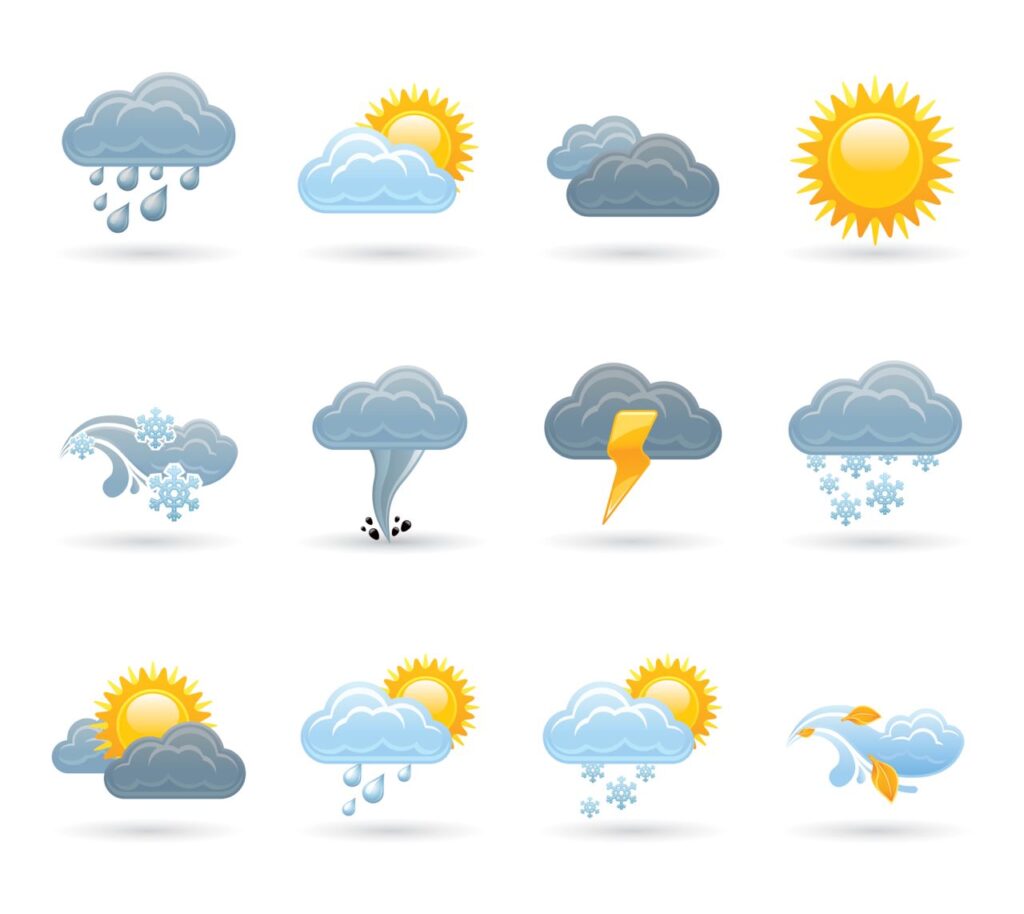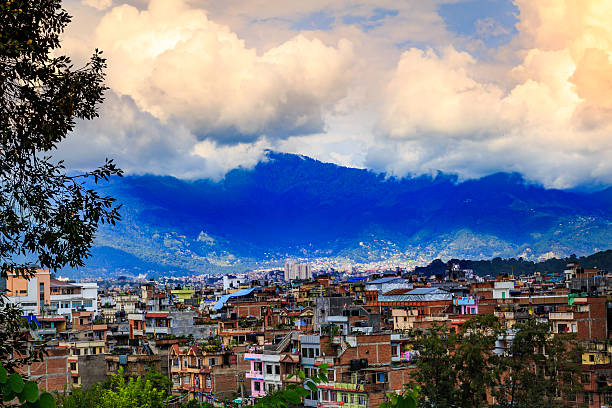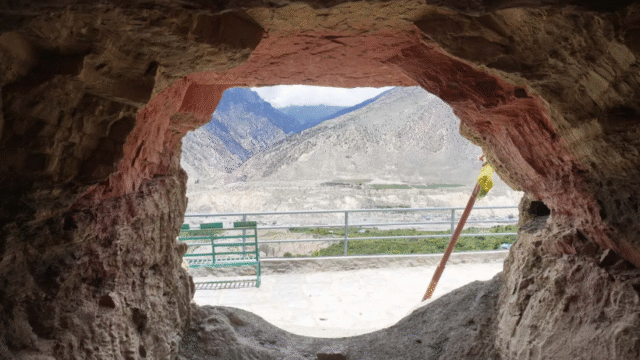Nepal is currently experiencing the effects of easterly and local wind patterns, along with partial influence from moisture-laden winds originating from the Bay of Bengal and the Arabian Sea, according to the Weather Forecasting Division of the Department of Hydrology and Meteorology.
Weather of Nepal
These prevailing weather systems have brought changes across various parts of the country, particularly affecting the hilly and mountainous regions. The Division stated that the weather will remain partly to generally cloudy in the hilly areas of Koshi and Sudurpaschim Provinces, while the rest of the country is expected to experience fair to partly cloudy conditions throughout the day.

Due to the influence of these weather patterns, light to moderate rain accompanied by thunder is likely to occur in some areas of Koshi and Gandaki Provinces, as well as in other central and eastern hilly regions. The weather service has also forecast light rain and snowfall in a few places within the upper hilly and mountainous regions.
Specifically, the upper hilly and mountainous areas of Koshi, Bagmati, Gandaki, and Karnali Provinces are expected to receive light rainfall. There is also a possibility of brief snowfall in the higher altitudes. Furthermore, one to two locations in Bagmati, Gandaki, and Koshi Provinces may witness isolated incidents of light rain along with thunder and lightning during the day.

Meteorologists have advised residents in these regions to stay alert for sudden changes in weather, particularly travelers and trekkers heading toward the high-altitude areas. The combination of easterly winds and moisture-bearing systems can bring unexpected showers and reduced visibility in mountainous zones.
While the weather is expected to remain relatively stable in the lowlands and western regions, local wind activities may still result in brief cloud cover and minor temperature fluctuations. The Department continues to monitor the evolving weather conditions and has urged the public to stay updated through official forecasts and bulletins.

This transitional weather phase is typical for this time of the year in Nepal, as the country gradually heads toward the monsoon season. The presence of moisture from both the Bay of Bengal and Arabian Sea indicates the slow buildup of pre-monsoon activities, which are expected to intensify in the coming weeks.
The Weather Forecasting Division is expected to release further updates as weather patterns develop. In the meantime, it recommends necessary precautions for those residing in or traveling through affected regions, especially in areas prone to landslides and slippery trails due to rainfall.






